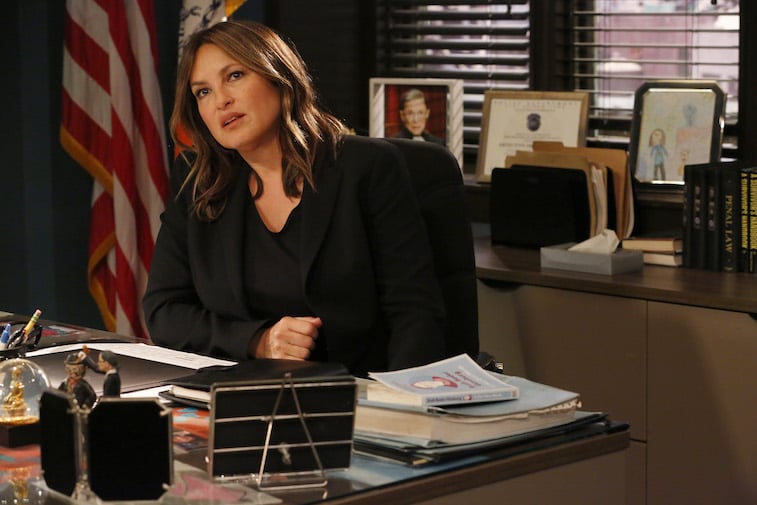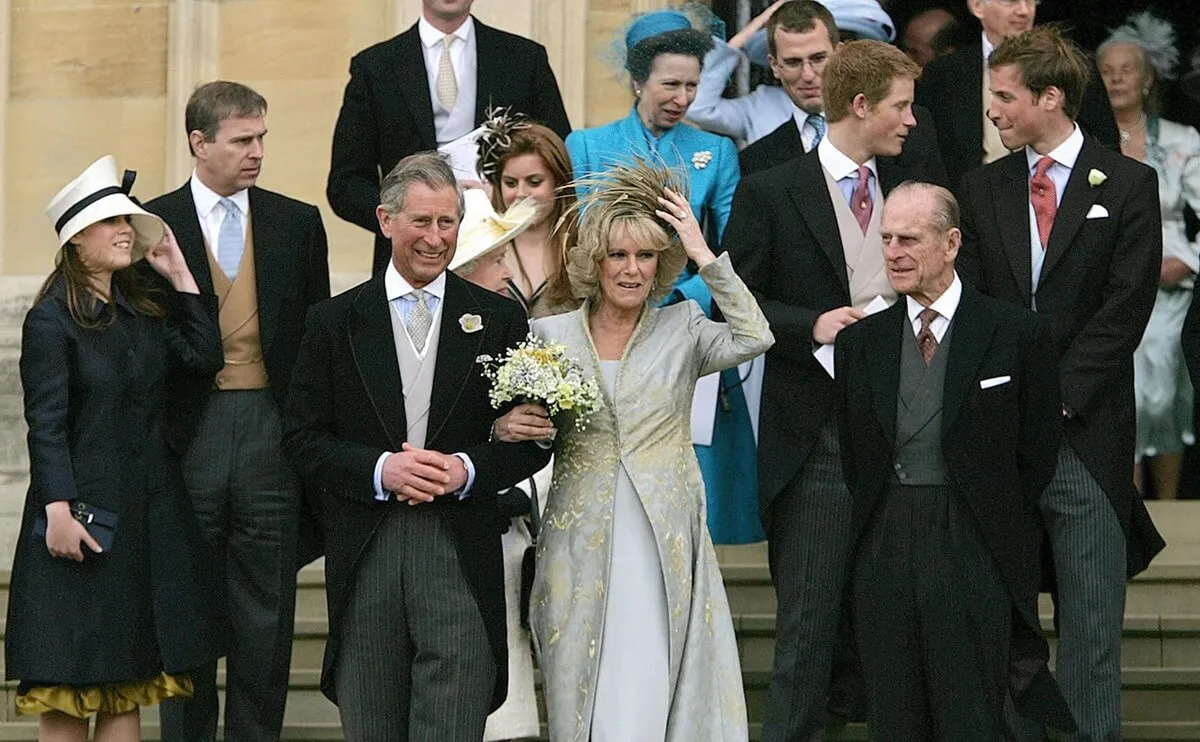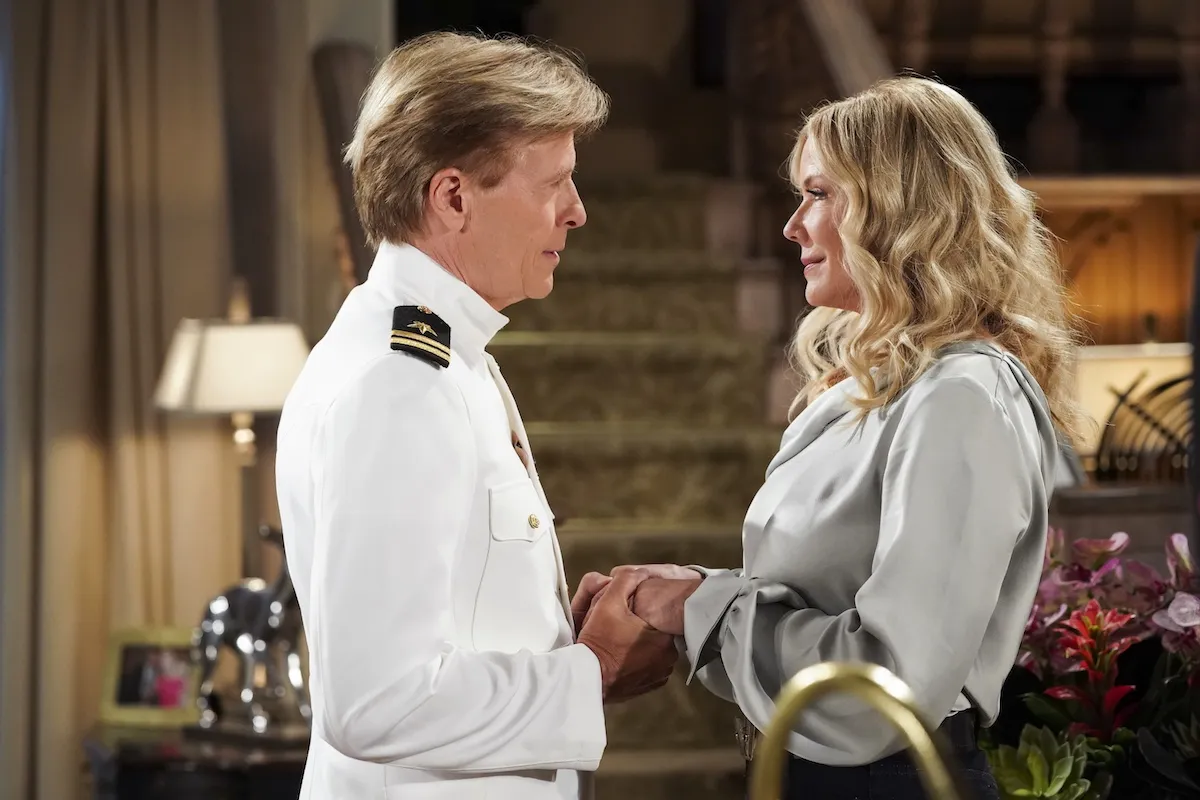How Real Is ‘Law and Order’?
It’s no doubt that Law & Order has affected the way Americans view the legal system. As the longest running, hour-long, prime-time TV series in American history, most everyone has seen an episode.
When you’re watching a crime TV show at home, you generally assume the show at least somewhat accurately portrays its subject matter, and therefore that Law & Order is a decent representation of the legal system. But, is this really the case? Just how real is our favorite crime and courtroom, legal drama, Law & Order?
What makes ‘Law & Order’ special?

Law & Order changed the way we viewed criminal television shows. Although criminal justice has long been a part of TV dramas, Law & Order was different in that it showed both the criminal investigation: discovering of the body, gathering of clues and suspects and the arrest, to the eventual prosecution of the defendant.
The show takes viewers through the entire process, from start to finish. This setup captured viewers attention, and provided staying power.
The original Law & Order aired for 20 years, from 1990 to 2010 and inspired five spin-offs, including the popular Law & Order: Special Victims Unit, which is still on the air and set to run longer than the original.
Why does it matter how accurate ‘Law & Order’ is?
It’s just a TV show and everyone knows TV isn’t real, so why does it matter if Law & Order portrays an accurate version of the criminal justice system? Because of the show’s cultural importance and the decades it’s been on air, Law & Order has the power to change the way average American’s think about justice.
If the show isn’t portraying things in an accurate light, it can give Americans the wrong ideas about our legal system.
Only the guilty are brought to court on ‘Law & Order’
Concerns over how Law & Order was changing the perceptions of the average American juror were brought to light in a paper published by Law & Psychology Review, in 2013, entitled Ripped From the Headlines: Juror Perceptions in the ‘Law & Order’ Era. The paper stated:
“The show suggests that if a suspect is not guilty, he or she is not brought to trial. Law enforcement always ends up with the right person. This narrative may lead viewers, and thus potential jurors, to believe this is the way the system actually works.”
In other words, just because Law & Order suggests that the cops always arrest the right bad guy, doesn’t mean that in real life if someone is arrested, they are automatically guilty. That’s why trials are such an important part of the American justice system.
Real courtrooms vs. TV courtrooms
News.com.au highlighted several differences between the real-life courtroom in New York City to the courtroom shown on TV. For starters, a television courtroom is almost always packed. In real life, unless there’s a high profile case, there are rarely more than a few people watching in the benches.
Also, real-life court cases are really, really slow. It often takes years just to get to trial and then the case may be drawn out for weeks or months. If this was portrayed on TV, no one would be able to stay interested.
Another important difference between real courts and drama, there are rarely any outbursts from the accused in a real courtroom. A real judge just wouldn’t stand for these kinds of disruptions, but it makes good TV.
The punishment doesn’t always fit the crime
In a video, put out by the National Council on Crime & Delinquency, several issues surrounding courtroom dramas, like Law & Order, are discussed. Their main concern is that because of the popularity of these shows, Americans don’t have an accurate picture of the justice system and that can lead to bad policies being made. In short, “TV leads to fear, leads to bad policy.” There are five main myths that Law & Order portrays discussed in the video. There are:
- The police focus on violent crime
- The accused get an adequate defense
- The accused get a trial
- The punishment fits the crime
- Justice is blind (with an emphasis on racial equality)
‘Law & Order: SVU’ features real-life crime
The Law & Order spin-off, Law & Order: Special Victims Unit, bases many of their episodes on real-life crimes. Naturally, they do take quite a few liberties when portraying these stories, but plenty of real life facts make it into the show. Take this story, featured in the Washington Post, of a double homicide that SVU based one of its episodes around.
Because the plots are only loosely based on real events, it’s hard to know exactly how many episodes were inspired by true life. But, if you’d like to look at a few examples, the Daily Break has a list of 10 SVU episodes based on real events, or there’s this list of episodes based on celebrity scandals.
‘Law & Order’ still makes good drama
We’ve pointed out several ways that Law & Order isn’t exactly accurate with the way they portray our justice system, but that doesn’t mean you should let it ruin your viewing experience.
As long as you keep in mind that everything you see may not be true to life, enjoy the show. There’s a reason it’s so popular, it’s fun to watch.




